WordPress, Joomla and Drupal are still the most popular content management systems on the web but should you use them for your next project? All of them claim to have a good visual WYSIWYG page editor but once you see Concrete5 in action you'll realize how website editing should really look like. Let's compare.
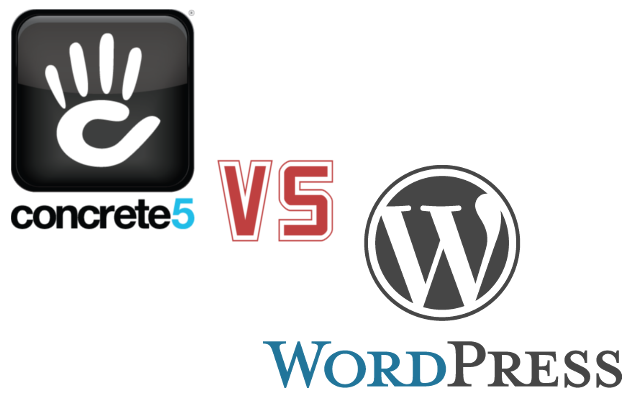
First lets remind our self that the WYSIWYG acronym was supposed to mean:
what you see is what you get - in computing, a WYSIWYG editor is a system in which content (text and graphics) can be edited in way closely resembling its appearance when printed or displayed as a finished product, such as a printed document, web page, or slide presentation.
Does WordPress really deliver on this promise?
WordPress editing and the published page
What You See in editing mode:
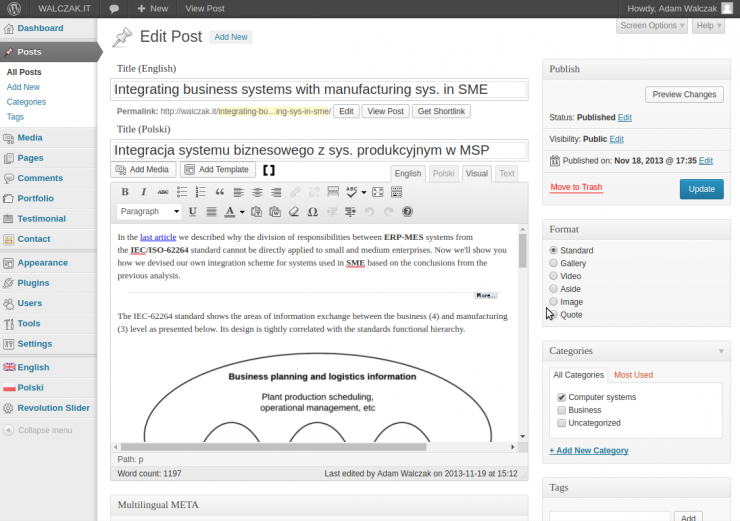
What You Get when you publish the content from the above editor:
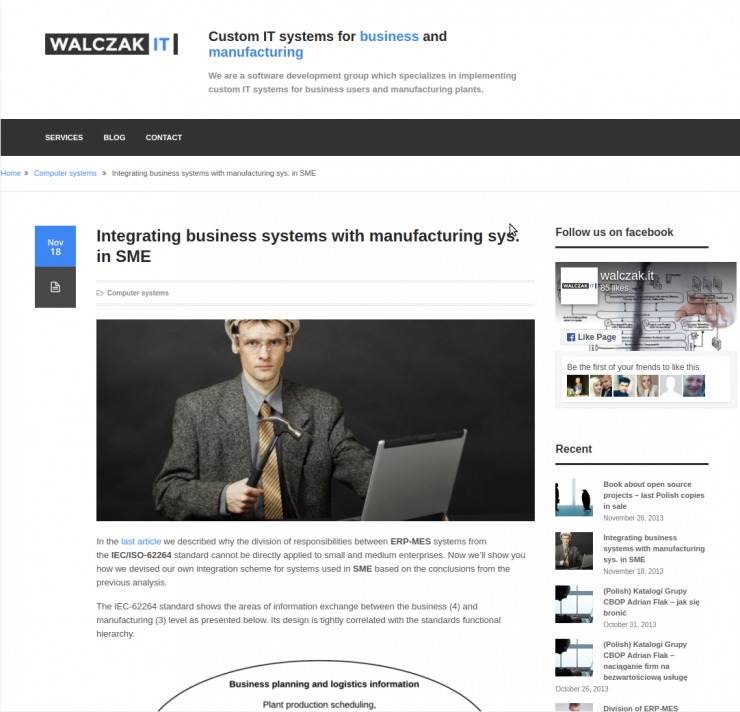
Is what you sow in the editor what you got as a result? Well, kind off. The main content has as similar formatting resemblance as in the editor but its not perfect. As for the rest of the page elements they are spread among many separate forms in WordPress.
Concrete5 editing and the published page
What You See when you choose the area of the page which you want to modify:
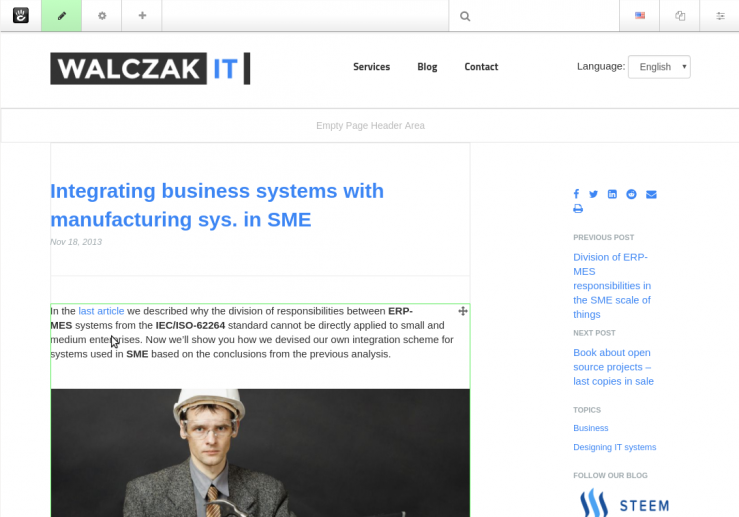
and when your editing a text block: (we could have also selected any other element on the page for editing)
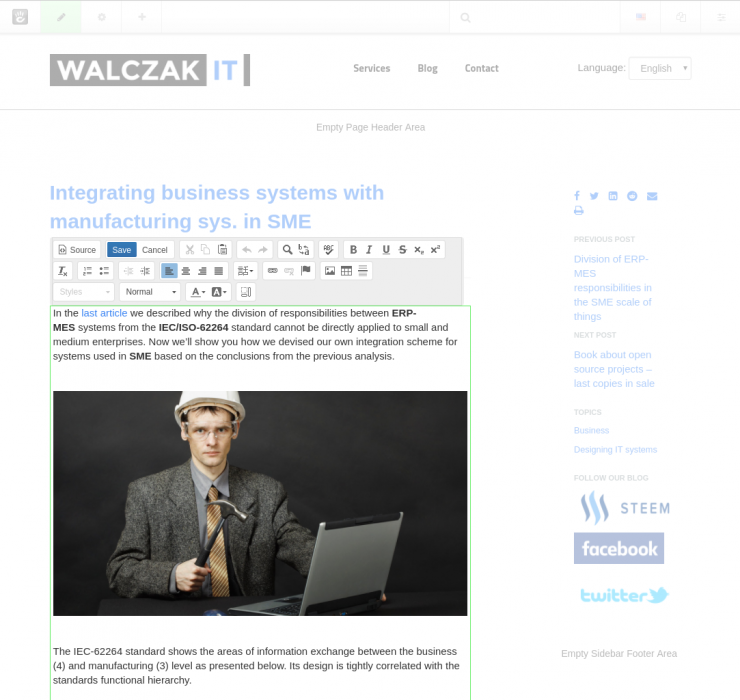
What You Get after you publish your changes:
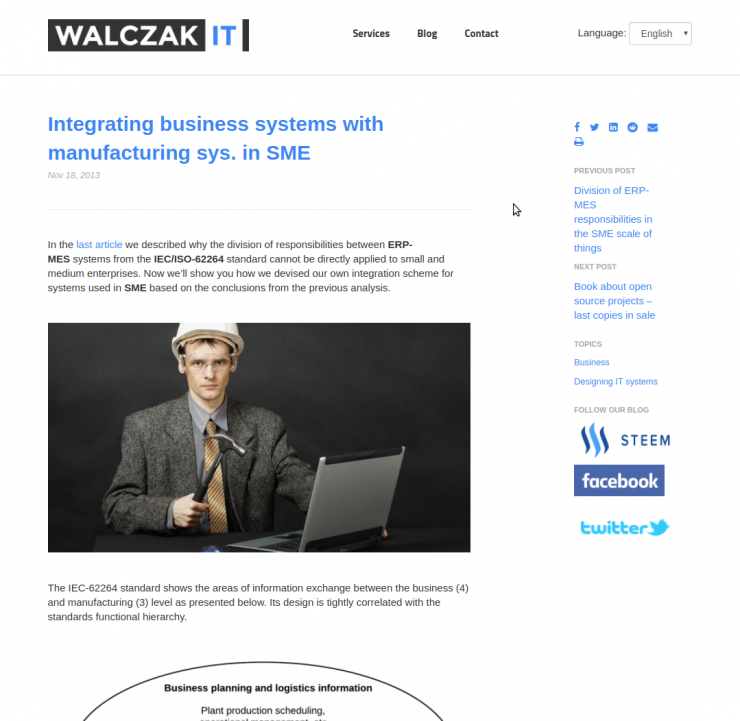
In Concrete5 what you see in editing mode resembles perfectly the published site - it just some additional UI elements and annotations overlaid on the pages content.
Creating new page with custom layouts
Editing visually complex pages with multiple layouts is were Concrete5 shines the most. Lets see how we can do it firstly in WordPress and the in Concrete5.
Conclusion
So is Concrete5 the clearly superior CMS and we should stop using its clumsy cousins? Well not so fast - WordPress, Joomla and Drupal still have much more plugins and a bigger community around them. They are also battle tested on really high traffic sites - without caching Concrete5 is very resource intensive. However, those three popular CMS system are often chosen just out of habit and laziness. Concrete5 is a much better fit for small to medium sized websites which you just want to fill with pixel perfect content and you do not need many dynamic features.
Do you need help in your company with some topic we mentioned in our blog articles? If so, then please feel free to contact us. We can help you by providing consulting and audit services or by organizing training workshops for your employees. We can also aid you in software development by outsourcing our developers.





